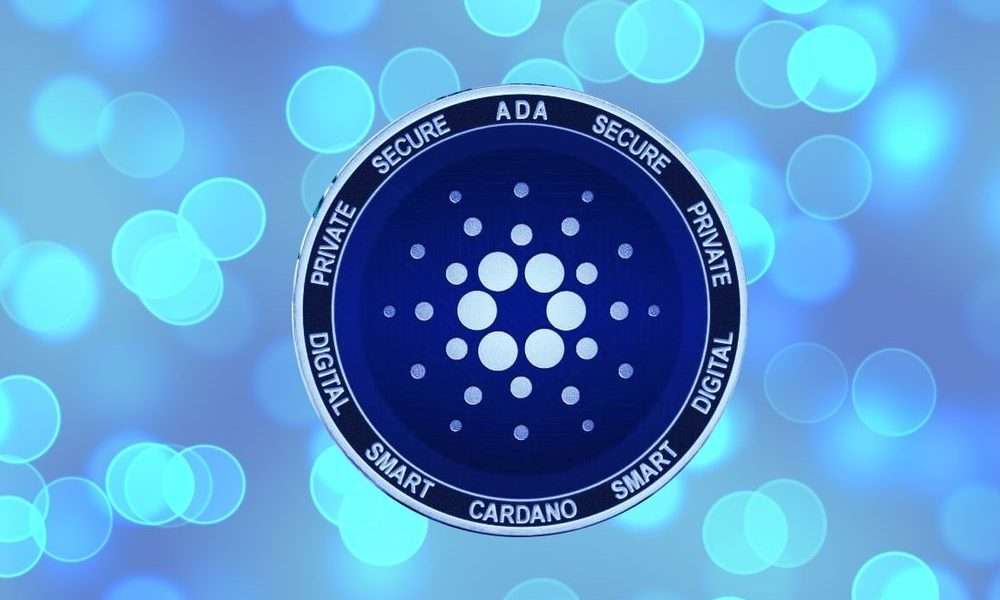Can Cardano solve the blockchain scaling problem? Hydra is looking forward to 1,000,000 TPS


- Decentralized exchange SundawSwap recently made a distribution on Hydra demonstrating its ability to perform very fast settlements.
- Cardano’s Hydra aims for one million TPS with a latency period of less than one second.
One of the biggest challenges for blockchain networks is addressing the scalability issues when thousands of new users join every day. The Cardano blockchain network is one such platform that is actively working to solve this issue.
Cardano has been actively working on its Layer-2 scalability solution Hydra. The Hydra protocol will work on top of the existing Layer 1 Cardano blockchain. Hydra’s scalability solution seeks to address multiple concerns while ensuring an optimal fee structure that is acceptable to both – validators and users.
Thus, the Hydra protocol seeks to minimize latency, maximize throughput, incur low or no overhead, and significantly reduce storage requirements. It seeks to achieve a throughput that will accommodate real-world applications. This includes identification, payment, games or mobile services.
Harnessing the power of Hydra, Cardano-based decentralized exchange (DEX) SundaeSwap achieved a major milestone last weekend. It recently showed a small demo of very fast settlement by deploying SundaeSwap on the Cardano blockchain network. The announcement noted:
Today our team is excited to demo something we’ve been working hard on for months: SundaeSwap on Hydra! While this is a way out, this is an important milestone in not only our scaling journey, but Cardano’s as well.
This development will encourage many decentralized exchanges to set up their platform on the Cardano blockchain in the future.
Today, our team is excited to demonstrate something we’ve been working hard on for months:
SundaeSwap at Hydra! While this is a way out, this is an important milestone in not only our scaling journey, but Cardano’s as well.
We’ll have details later, but in the meantime, check out our video⬇️ pic.twitter.com/eRyUPT88QL
— SundaeSwap Labs 🍨 (@SundaeSwap) 14 October 2022
Cardano Hydra – Achieve one million TPS
If the blockchain platforms are to compete with older systems such as Visa and Mastercard, they must offer throughput in the order of millions of transactions per second. With the Hydra protocol, the Cardano blockchain takes this challenge head on.
When it comes to scalability, one of the only metrics for consideration is transactions per second (TPS). On the existing Cardano blockchain, the minimum delay to add one block is 20 seconds. However, in Layer 2 protocols such as Hydra, it is possible to achieve acknowledgment times of less than a second.
Cardano believes that the Hydra protocol can help it achieve its ambitious goal of one million transactions per second (TPS). “Throughput measured in TPS per Hydra head is secondary, and mainly limited by available hardware. In principle, by adding an increasing number of Hydra heads to the system, arbitrarily high throughput can be achieved by the system as a whole,” notes Cardano’s parent group, Input Output Global (IOG).
Cardano noted that they will continue to develop the Hydra node and the Hydra Head protocol until it becomes a stable foundation for the community.
























